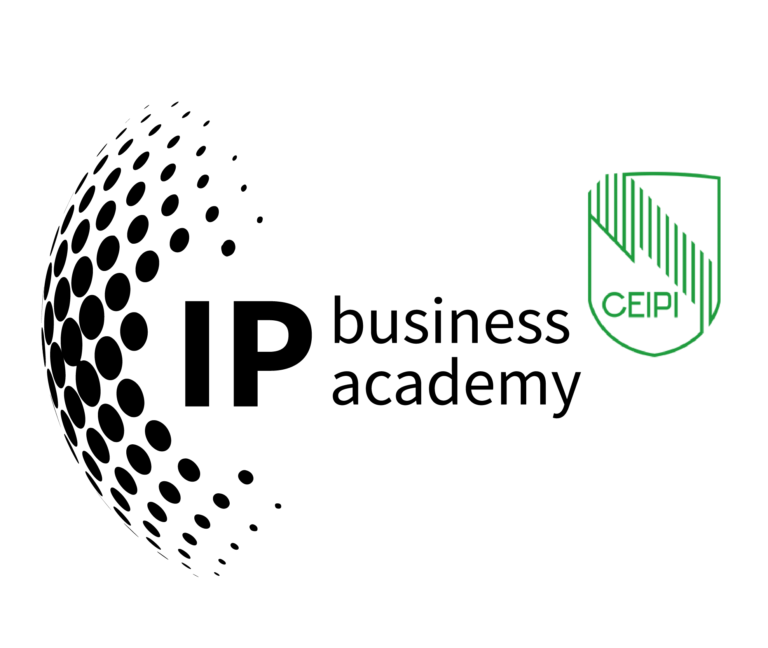AI-Powered Invention with Patentbutler.ai
This podcast episode is a deep dive into the transformative role of artificial intelligence in the invention process, highlighting the groundbreaking tool patentbutler.ai. Created by Daniel Holzner, patentbutler.ai is designed to act as a co-inventor, reshaping how ideas are generated, assessed, and protected. The discussion focuses on how this AI tool contributes to synthetic invention, white space analysis, and ongoing prior art evaluation, positioning AI as an indispensable partner in modern innovation.
From Idea Protection to Strategic Invention
Traditionally, inventors start with an idea and then seek to protect it through patents. In contrast, the concept of synthetic invention flips this process. Instead of beginning with an idea, inventors identify a market need or strategic business goal and use AI to help develop patentable solutions that fill those gaps. This method shifts IP from a reactive legal tool to a proactive innovation strategy.
AI becomes a partner in this new approach, helping inventors build targeted patent portfolios that support business goals. Rather than merely speeding up existing processes, patentbutler.ai introduces a strategic dimension to invention, blending market foresight with creative ideation.
👉 Find here the 🔎 𝗜𝗣 𝗠𝗮𝗻𝗮𝗴𝗲𝗺𝗲𝗻𝘁 𝗚𝗹𝗼𝘀𝘀𝗮𝗿𝘆 entry on TRIZ and Invention on Demand
How AI Invents: The Role of TRIZ
At the heart of AI-driven invention lies the structured methodology of TRIZ (Theory of Inventive Problem Solving). This system uses defined principles to generate novel solutions to complex problems. Patentbutler.ai applies TRIZ across massive datasets — including existing patents, publications, and trend data — to identify patterns and propose new ideas.
Unlike random generation, this method relies on structured logic. The AI effectively acts as a brainstorming partner that has absorbed every patent and publication, uncovering connections that humans might overlook. However, it doesn’t replace the human inventor; rather, it enhances creativity by offering more informed starting points and options.
White Space Analysis: Finding the Gaps
One of patentbutler.ai’s core capabilities is white space analysis, which helps identify areas in the patent landscape that are currently underutilized or unexplored. Think of the global patent system as a vast map where each patent is a flag staking territory. White space analysis reveals blank spots — potential opportunities for new, original inventions.
The process begins when users define features for a potential invention. For example, in the domain of smart parking systems, users might input features like motion sensors, LED guidance systems, and real-time notifications. The AI compares this set of features with millions of existing patents and visually maps the overlap and gaps.
This allows inventors to see where innovation is crowded and where there is room to introduce genuinely novel solutions. Additionally, users can tweak features and immediately see how the white space shifts, turning the process into a dynamic and iterative design experience.
👉 Find here the White spot analyses digital IP lexicon 🔗 dIPlex page by Daniel Holzner
Case Study: CEPI Master’s Program and Gamified Parking
To showcase the power of patentbutler.ai, the podcast highlights a case study from the CEPI Master’s Program, where students used the tool to design smart parking innovations. The exercise emphasized synthetic invention by starting with a market need and leveraging AI to explore patentable possibilities.
Two standout concepts emerged from this process:
1 . Dynamic LED-Guided Parking
A parking garage concept where the floor includes embedded LED tiles that dynamically light up to guide drivers to available spaces. The TRIZ principle of segmentation—breaking down a system into independent parts—was applied here. The result was a responsive, efficient parking system that enhanced user experience.
2 . Gamified Parking Experience
This idea transformed parking into a game, awarding users points for fast, accurate parking. TRIZ principles like transformation of properties and psychological inertia were used to turn a mundane activity into an engaging challenge. Such innovations not only improve user satisfaction but also optimize traffic flow within parking facilities.
These examples underscore how patentbutler.ai facilitates not just ideation but playful exploration and iteration, fostering innovation in a structured yet flexible environment.
👉 Here you can download the case study
AI as an Ongoing Research Assistant
Beyond ideation and white space identification, patentbutler.ai acts as an AI research assistant, performing:
- High-speed prior art searches
- Comparative analysis of key patent texts
- Highlighting legal conflicts and overlaps
This functionality ensures that new ideas are not only inventive but also legally viable. It prevents the costly mistake of developing inventions that infringe on existing patents. In this sense, AI becomes a watchdog, continually evaluating prior art in the background as the invention evolves.
This ongoing surveillance allows for real-time refinement of patent claims, providing strategic flexibility during the patenting process.
Democratizing Invention
One of the most promising aspects discussed is the potential for tools like patentbutler.ai to democratize innovation. Historically, sophisticated patent analytics and strategic invention have been limited to large corporations with legal teams. Now, AI makes this level of insight accessible to startups, SMEs, and individual inventors.
This shift lowers the barrier to entry for innovation and could lead to diverse, decentralized breakthroughs across industries. The democratization of invention is not just a technical shift — it’s a social and economic transformation.
The Human Element: Creativity + Context
Despite AI’s capabilities, the hosts make it clear: human inventors are not obsolete. AI excels at pattern recognition, data processing, and even proposing ideas, but human beings provide essential context, intuition, and purpose.
Humans understand emotions, ethics, market dynamics, and long-term vision. They can connect ideas across domains, evaluate cultural implications, and infuse inventions with meaningful intent. The hosts emphasize that AI should be seen as a creative partner, not a competitor.
This symbiosis — human intuition + AI capability — defines the future of invention.
Ethical and Legal Implications
As AI contributes more directly to the invention process, it raises complex IP ownership questions:
- Who owns an invention co-created with AI?
- How should patent law recognize AI’s contribution?
- How do we assess the value of human versus machine input?
These questions remain unresolved but are becoming increasingly urgent. The podcast stresses the need for legal frameworks that can adapt to this new hybrid model of innovation.
Moreover, the broader societal impact of AI-fueled invention must be considered. While it can speed up innovation and solve real-world problems, it can also exacerbate inequality or lead to job displacement. The call is for responsible innovation that aligns with human values.
Key Takeaways
- Synthetic invention shifts focus from protecting ideas to strategically creating them using AI.
- Tools like patentbutler.ai enable structured ideation through TRIZ and white space analysis.
- AI democratizes access to sophisticated innovation strategies, benefiting small firms and individuals.
- Human creativity remains central; AI amplifies but does not replace it.
- Continuous AI-powered prior art evaluation ensures legal safety and adaptability.
- Ethical, legal, and societal implications must be addressed as AI becomes a co-inventor.
👉 Find here the 🔎 𝗜𝗣 𝗠𝗮𝗻𝗮𝗴𝗲𝗺𝗲𝗻𝘁 𝗚𝗹𝗼𝘀𝘀𝗮𝗿𝘆 entry on synthetic inventions and IP design
 Final Thought: Embrace the Future
Final Thought: Embrace the Future
The episode closes with an encouraging message: AI is not a threat to creativity—it’s an amplifier. Inventors should embrace AI, experiment boldly, and use these tools to enhance both the quality and speed of innovation.
The future of invention is no longer locked inside the labs of big companies.
With AI as a partner, the next groundbreaking idea might come from anywhere—and anyone.
Picture by Kevin Ku at Pexels



